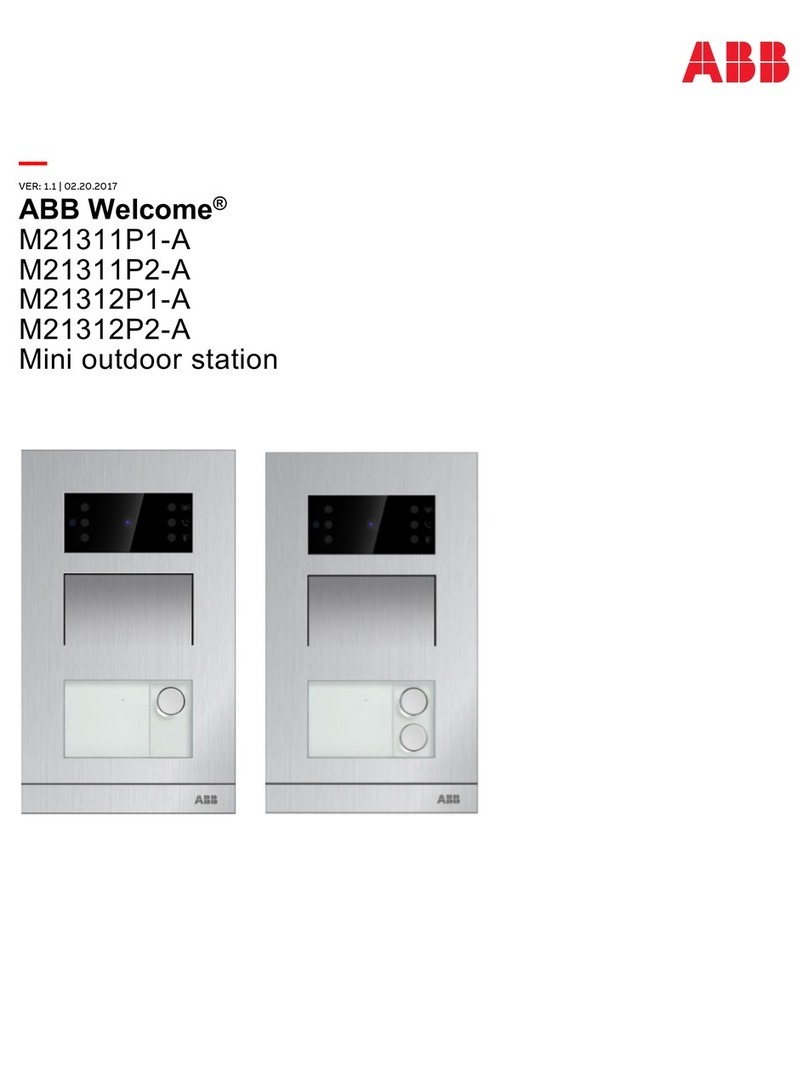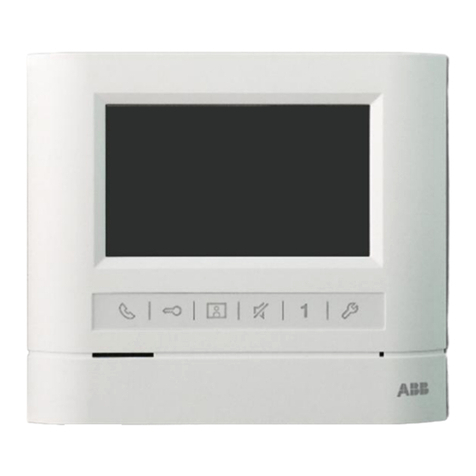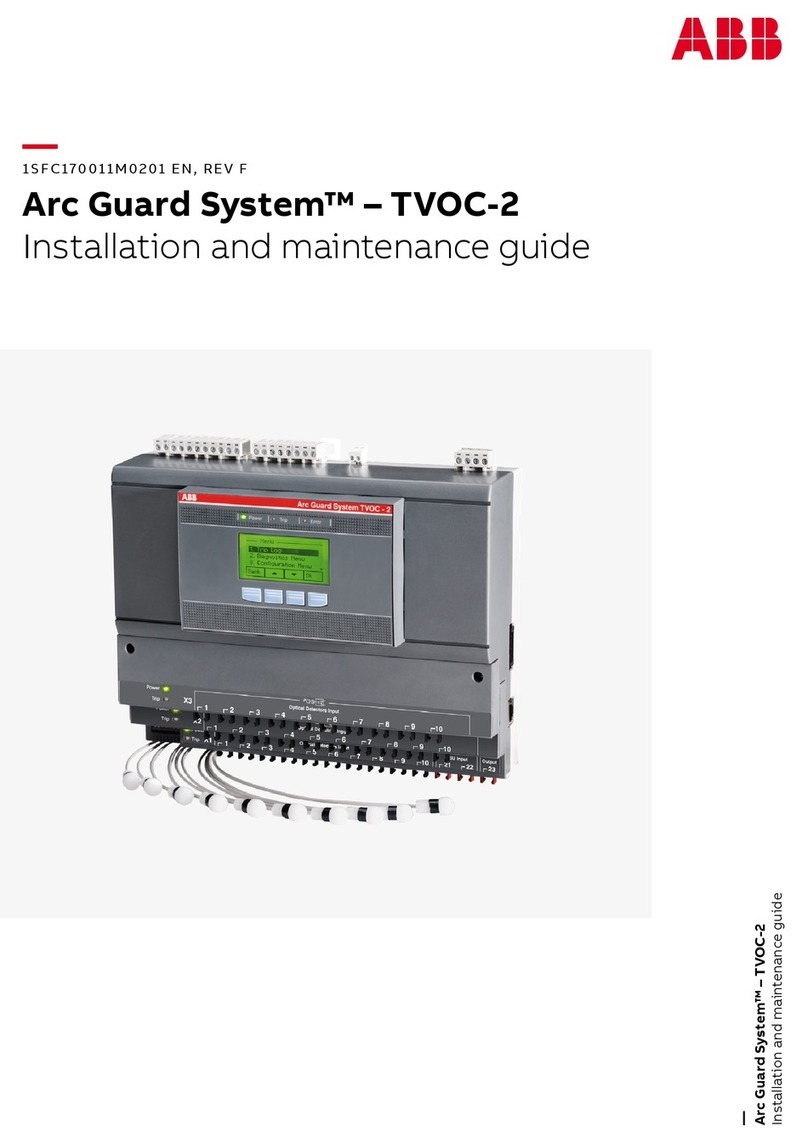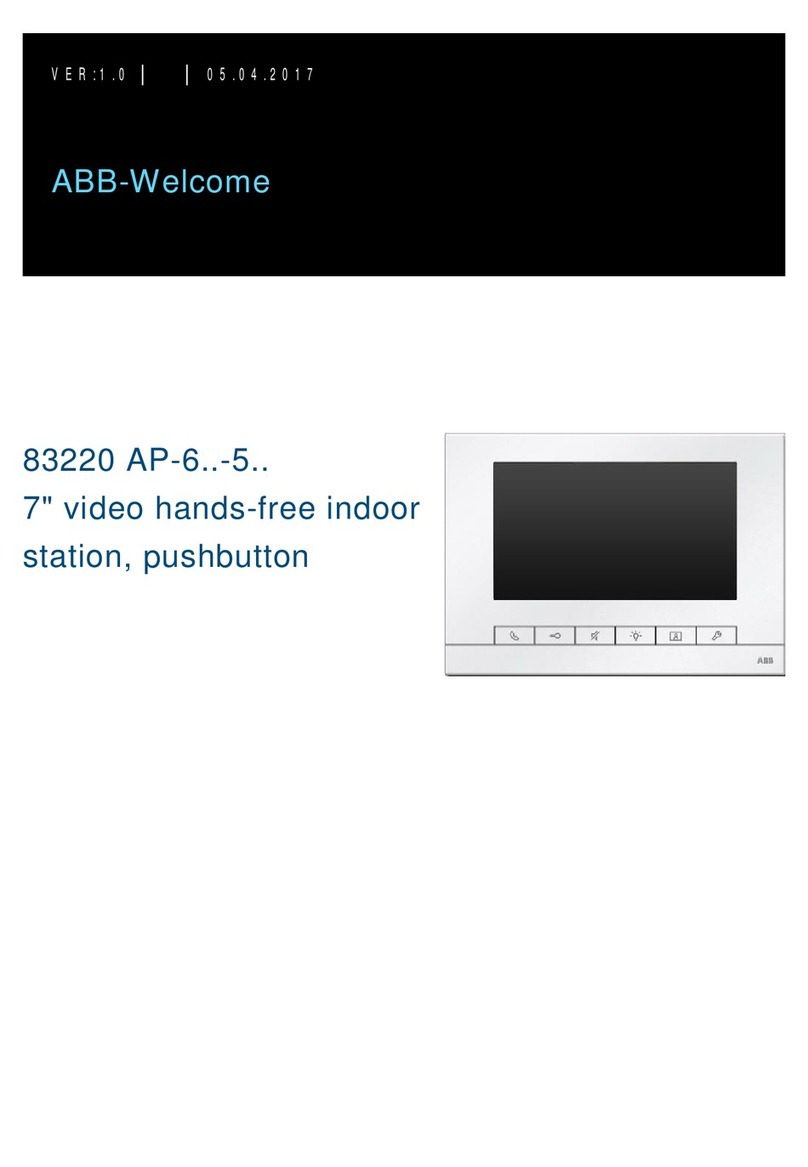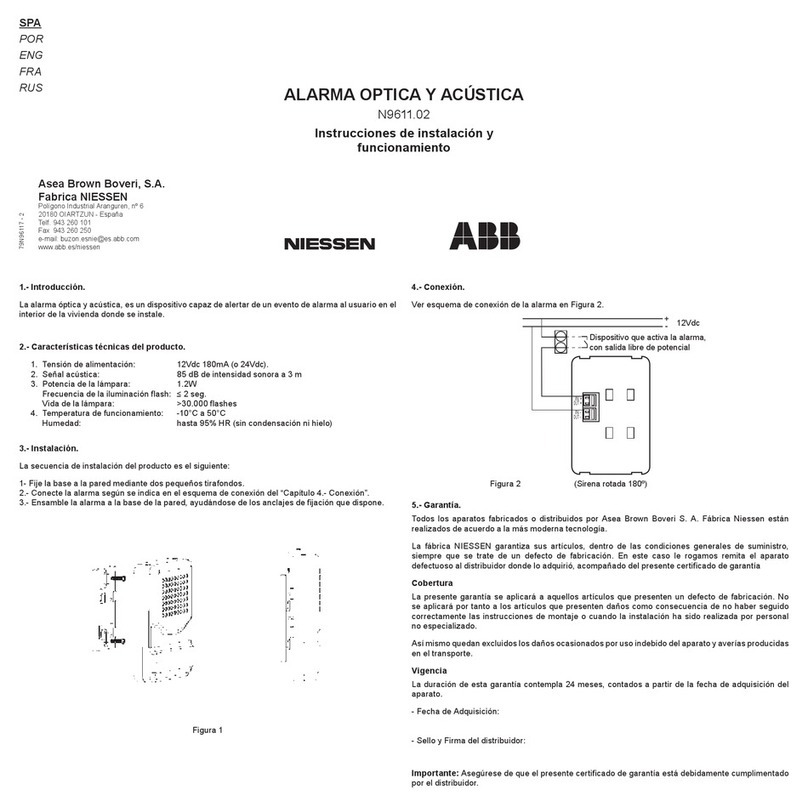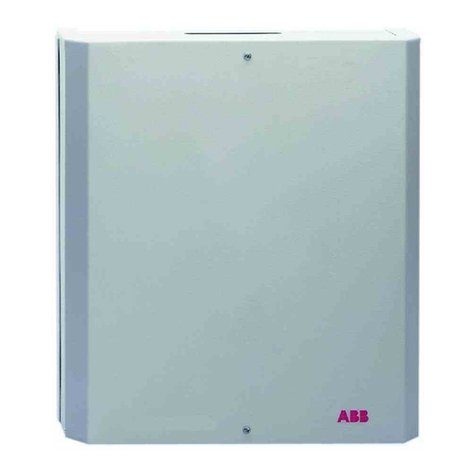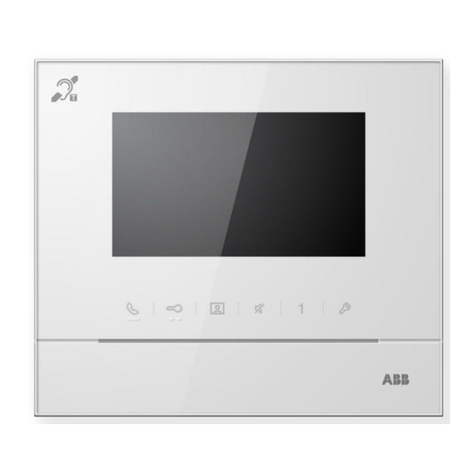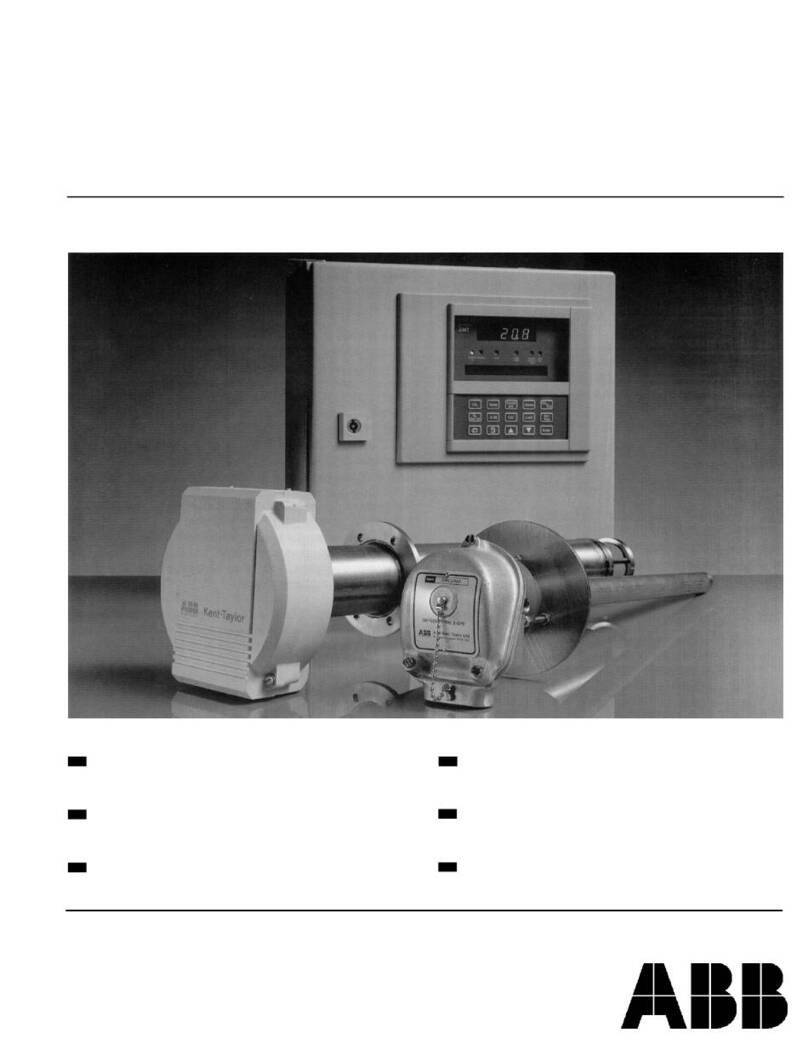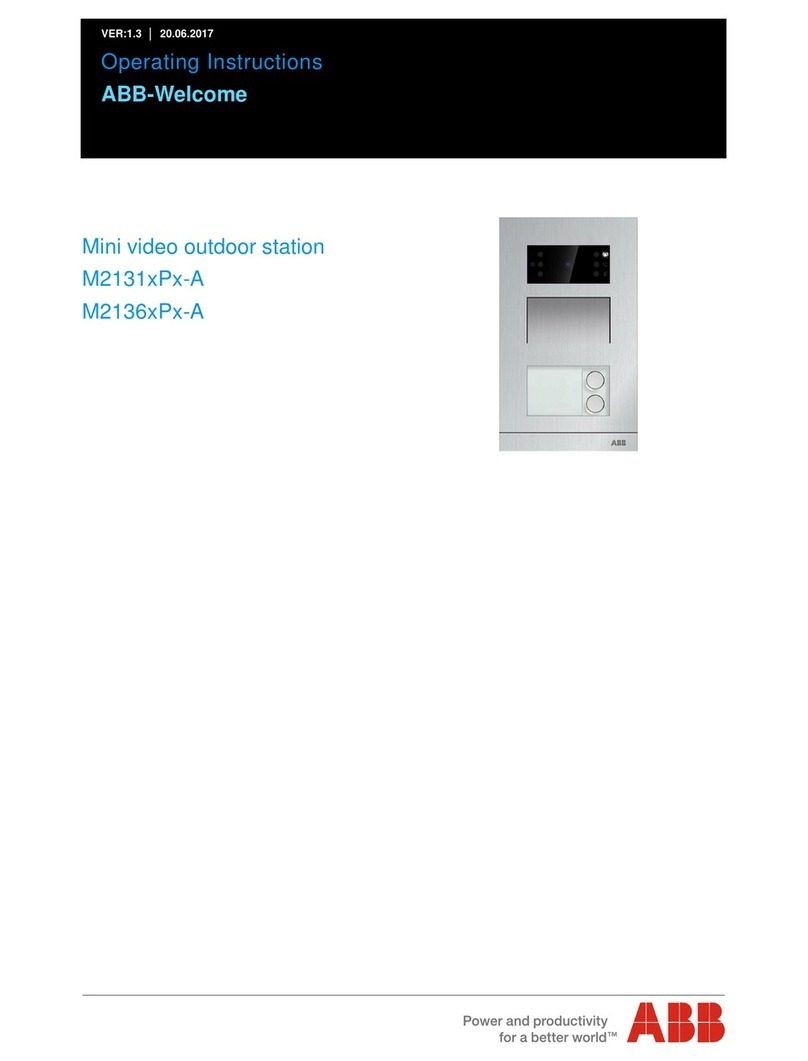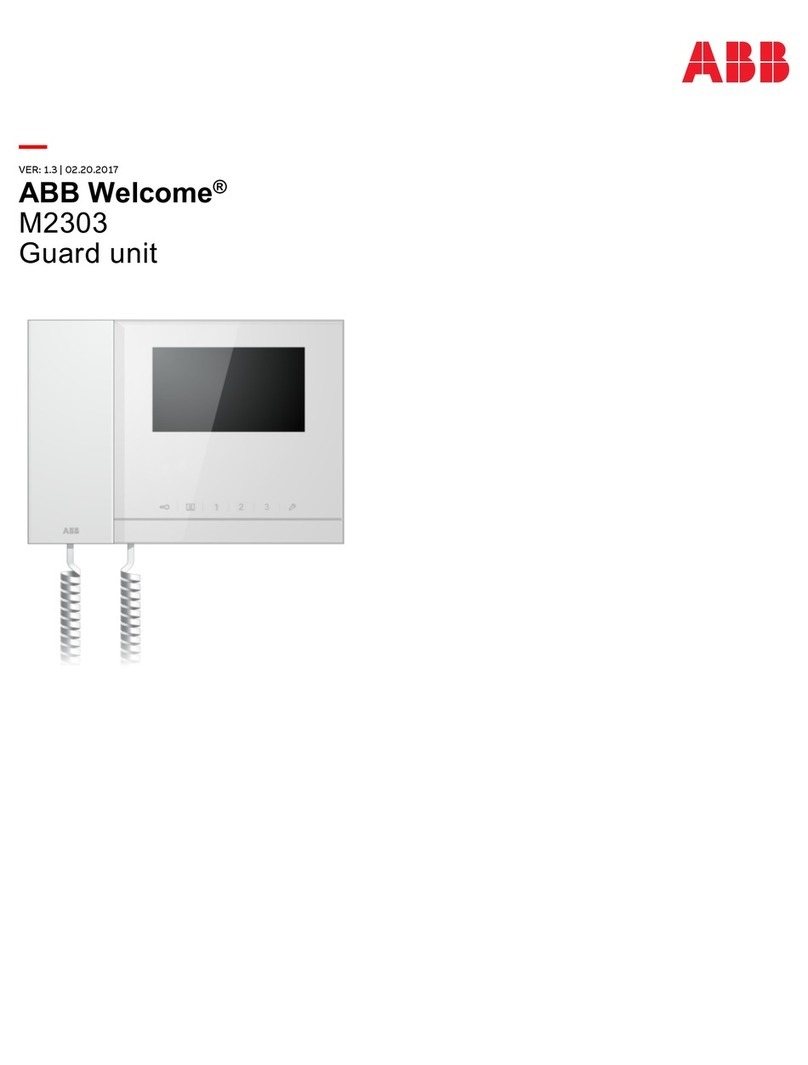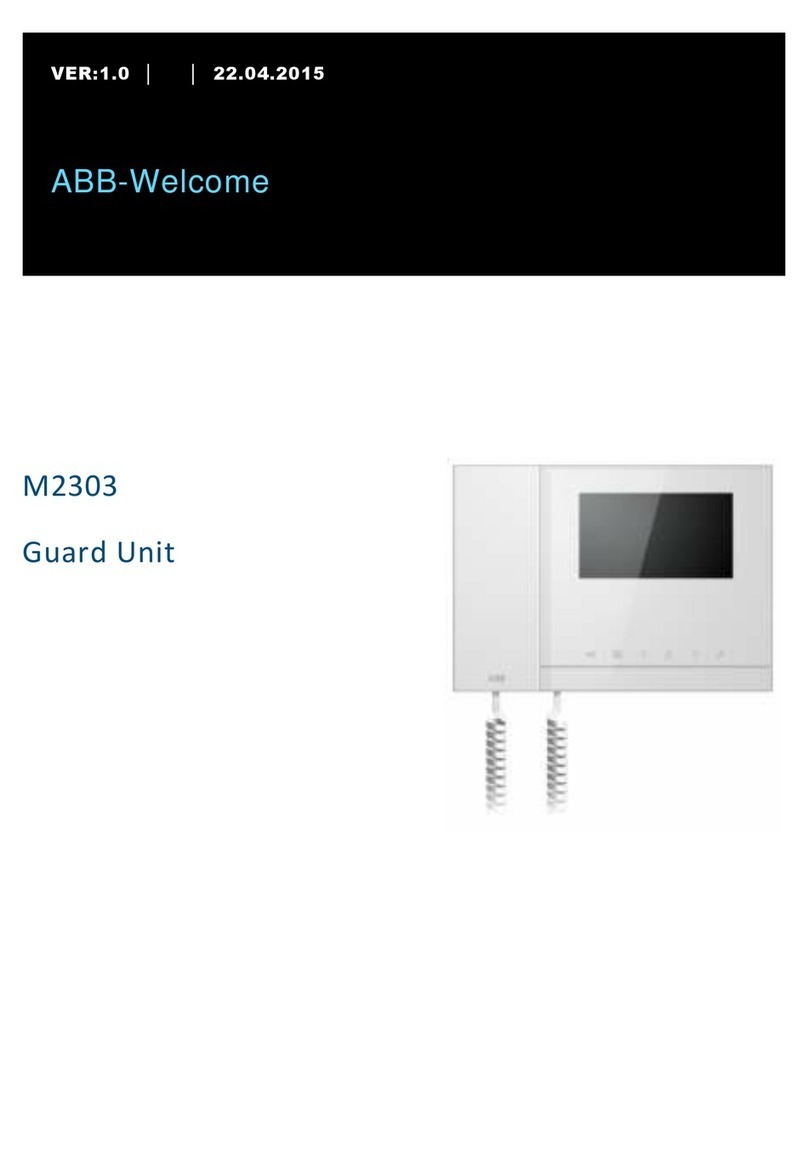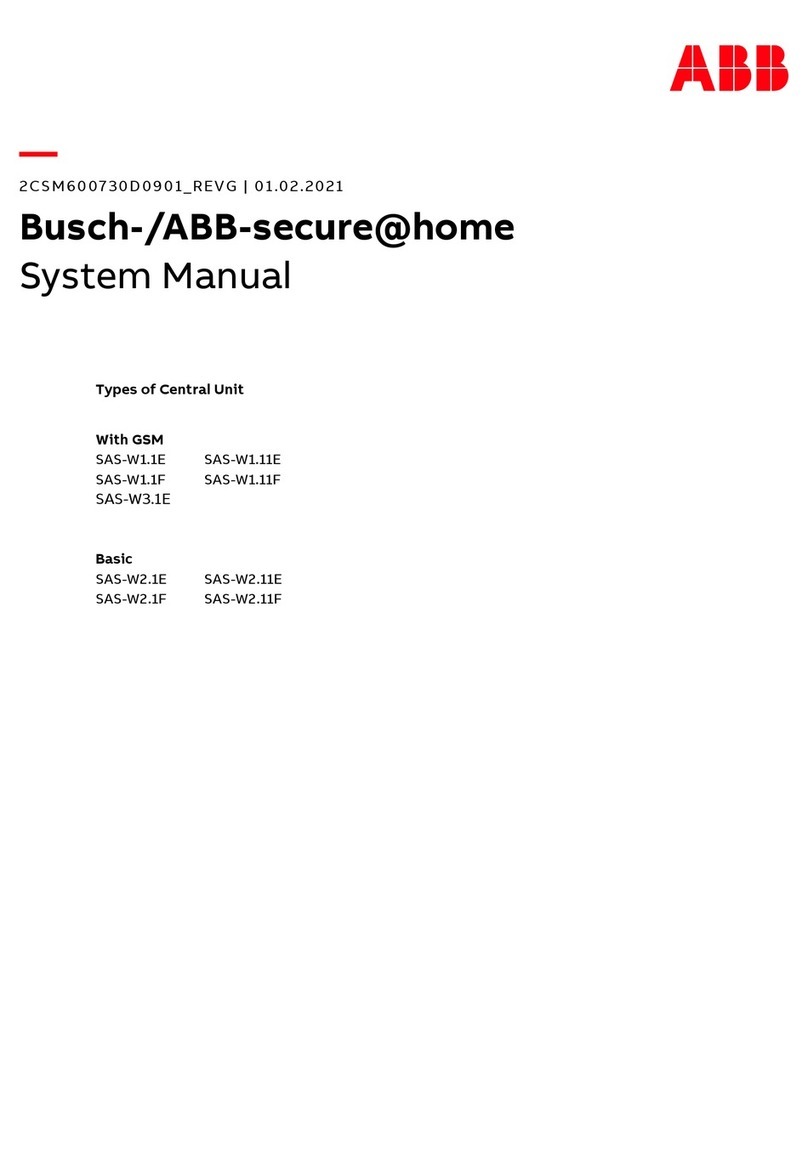
7
After the galvanic separation and the transient
suppression the incoming field contact signal is
analyzed and identified in respect of signal type.
Seven input signal types are specified:
0 = signal from normally open contact, with
return function
1 = signal from normally closed contact, with
return function
2 = signal from raising edge only
3 = signal from falling edge only
4 = signal from raising and the falling edge
5 = pulse counter, counts by contact closing
6 = pulse counter, counts by contact opening
7 = pulse counter, counts by contact opening
and closing
The input signal types 2, 3 and 4 are usually
selected when event recording is used. For ex-
ample the signal indicating that a circuit breaker
has tripped is noticed and registered with its
raising edge only.
The pulse counter is used only when the data is
transferred to a higher level system. The pulse
counter channels sequence logic is to be set to
signal following without blinking and audible
alarm functionality (S4 = 2). The reflash relays
connected to the pulse counter channels are to
be configured as ISR, Impulse Shaping Reflash
(S1 or S2 = 2).
Thechannelsconfigured as pulse counterscounts
pulses up to 3 Hz. The capacity of the counter
is 0...29999. The counter is freely presettable
withinthis range. When thepulsecounter reaches
29999 it starts over again from 0.
The counter can be read and set only via the SPA
bus with the channel specific parameter V5.
When the parameter V5 is read the present value
of the pulse counter is received, when written
the preset (start) value for the pulse counter is
given.
The counters memory circuit has no battery
backup, hence the stored values are lost if the
auxiliary power drops off and the counter starts
over again from 0 or its preset value when the
auxiliary power returns.
When a change of status has been detected for an
incoming field contact signal and the new status
exceeds the channel input delay in duration, the
operation sequence memory is activated.
The channel input delay can be selected from a set
of eight alternative values from the front panel:
0= 5ms
1= 20ms
2 = 100 ms
3= 1s
4= 5s
5= 20s
6 = 60 s
7 = 160 s
8 = another value, which is programmed via the
serial interface
Via the serial interface the channel input delay
can be freely programmed. Refer to the param-
eter list in the end of this manual (S1).
If the change-of-status of a field contact signal
means that the signal returns to normal, the
channel reset delay time must be exceeded be-
fore the change is registered. The delay time
alternatives are the same as those for the input
delay but the channel reset delay times are
selected separately (S2).
When the operation sequence logic circuits are
activated, the visual alarm displays start func-
tioning according to the programmed opera-
tional sequence (flash sequence). The most suit-
able of five standard operational sequences is
chosen by programming. All changes of status of
the incoming signals are stored in the event
register irrespective of the selected operational
sequence for the visual alarm displays.
The sequence memory is acknowledged/reset in
the following order:
SlLENCE = resets the audible alarm
ACKNOWLEDGE = indicates recognition of
an alarm
RESET = returns the channel to
the normal state
The alarm channels each generate two reflash
signals A and B which can be linked to the
auxiliary reflash output relays, for details please
refer to section Configuration of reflash group
alarms on page 29.
Each alarm channel is also provided with two
interlocking signal inputs and one interlocking
signal output. The interlocking signal inputs/
outputs are:
0 = interlocking signal output. Can be con-
nected to the other channels
1 = interlocking signal input. Blocks the reflash
signal A
2 = interlocking signal input. Blocks the whole
alarm channel, returns as acknowledged
alarm
3 = interlocking signal input. Blocks the whole
alarm channel, returns as a new alarm
The interlocking signal output is also always
activated by an interlocking signal input being
activated in the same channel.
